My favourite painting: Harry Meade
'I like the idealised realism — in the same way as Munnings painted every horse to look conformationally perfect'
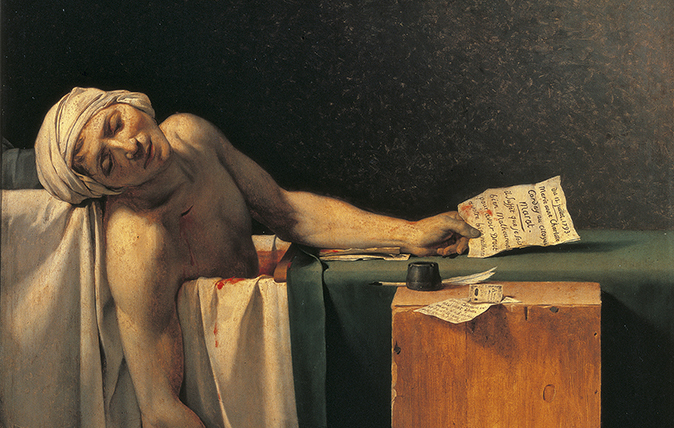

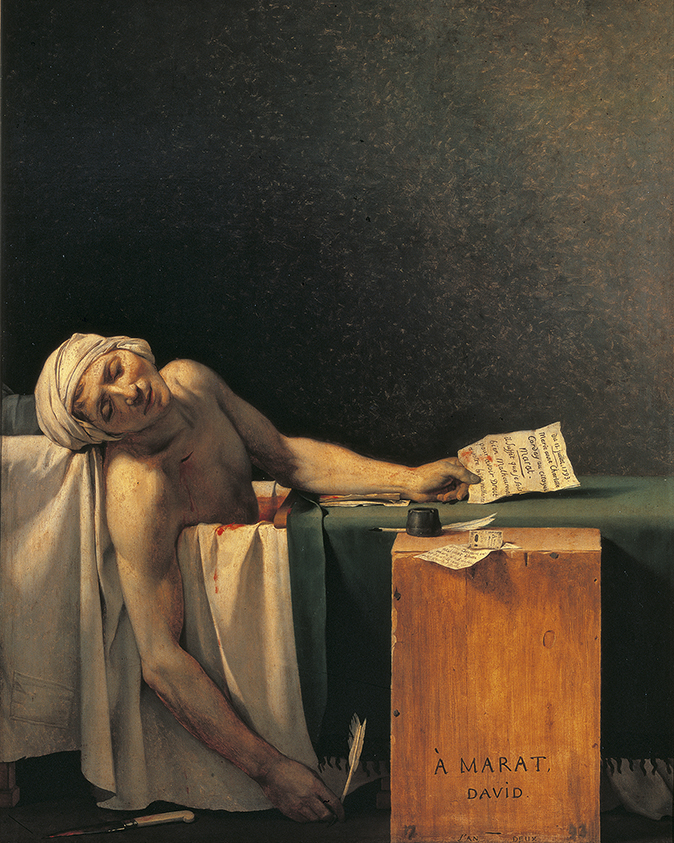
The Death of Marat, 1793, by Jacques-Louis David (1748–1825), 64in by 50in, Musées royaux des Beaux-Arts de Belgique, Brussels
Harry Meade says: I studied History of Art at Bristol University and neo-Classicism particularly appealed to me. Its idealism presents a style that is reassuringly simple and the subject often provides a didactic example of how to live. I find David’s Death of Marat aesthetically beautiful and its ordered simplicity appealing. It contains no hyperbole or hot air; it is an image of death in its purity. I like the idealised realism — in the same way as Munnings painted every horse to look conformationally perfect. I loved my days at Bristol and this painting reminds me of a very happy time in my life.
Harry Meade is a leading event rider and part of Britain’s silver-medal-winning team at the 2014 World Championships in Normandy.
John McEwen comments: Jean-Paul Marat (1743–93) was the French Revolution’s most popular political agitator, with his ‘newspapers’ (more like today’s blogs) and posters. David was its official artist, dictator of art and master of ceremonies. Marat spent some of his pre-revolutionary adult life in London, where he was a doctor and scientist as well as author and journalist. In Paris, David’s austere neo-Classical paintings sensationally opposed Rococo gaiety.
Both enjoyed Court patronage, but their radicalism was galvanised by the revolution. They voted for the execution of Louis XVI in the National Convention and were at the height of their political power in 1793, the frenzied year of the King’s execution and onset of the terror.
Marat, a notoriously ugly man, was dying from a chronic skin disease, only alleviated by immersion in water. He worked sitting in a bath with a sheet to protect him from its copper sides. David was familiar with this sight. When Marat was stabbed to death in his bath by Charlotte Corday, who had travelled from Caen determined to kill him, he became overnight the revolutionaries’ principal martyr. A public picture was demanded and David supplied this propagandist masterpiece, with its sacrificial reference to the dead Christ and Marat’s ugliness and diseased skin idealistically transformed.
This accorded with the cry of the Parisian mob at Marat’s state funeral: ‘O cor de Jesus, O cor de Marat.’ The picture was commissioned on July 14, the day after the assassination, finished by October 14 and unveiled at the Convention on November 14.
Sign up for the Country Life Newsletter
Exquisite houses, the beauty of Nature, and how to get the most from your life, straight to your inbox.
This article was first published in Country Life, September 16, 2015
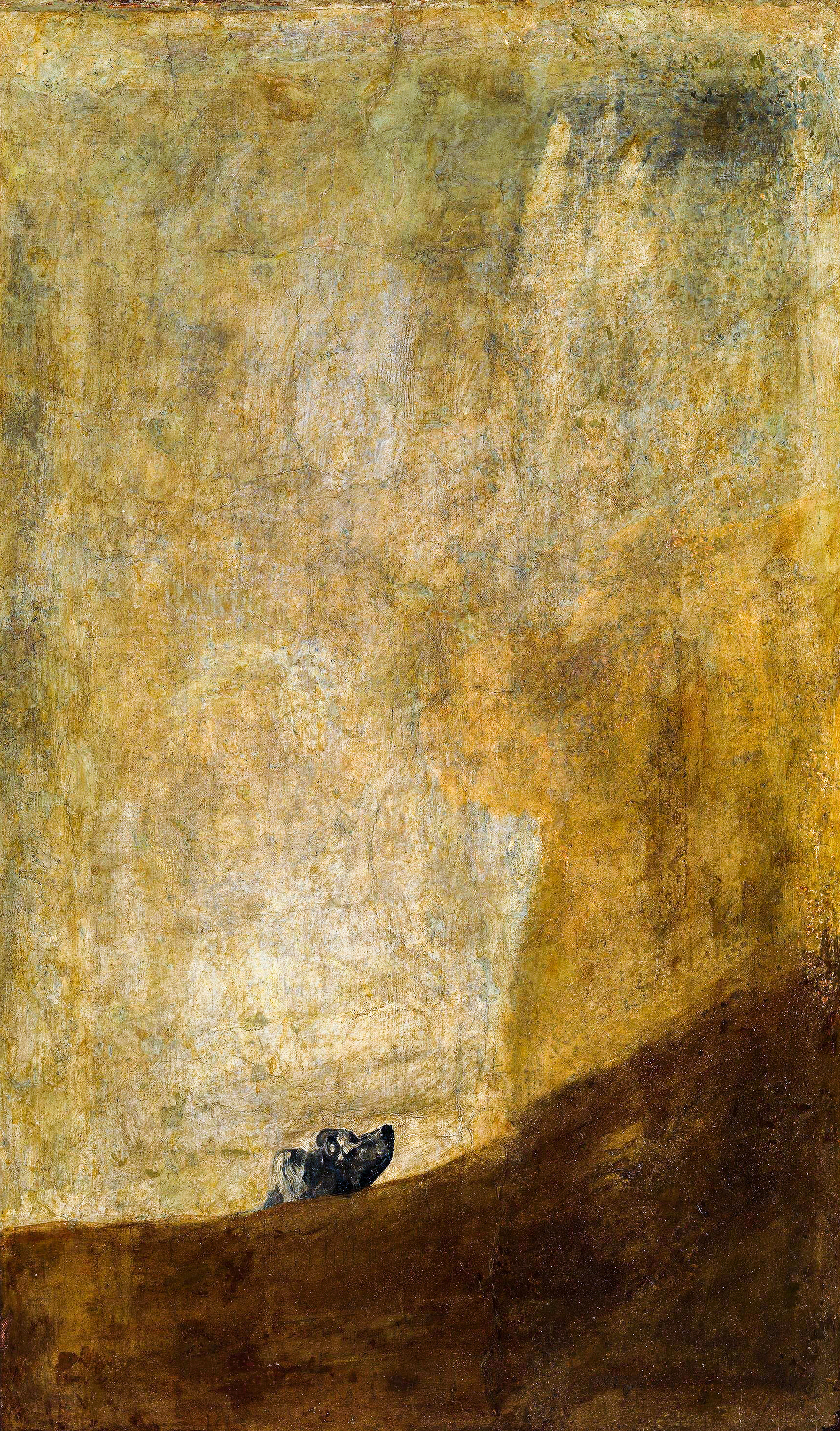
My Favourite Painting: Dame Helen Mirren
Dame Helen Mirren chooses her favourite painting for Country Life.
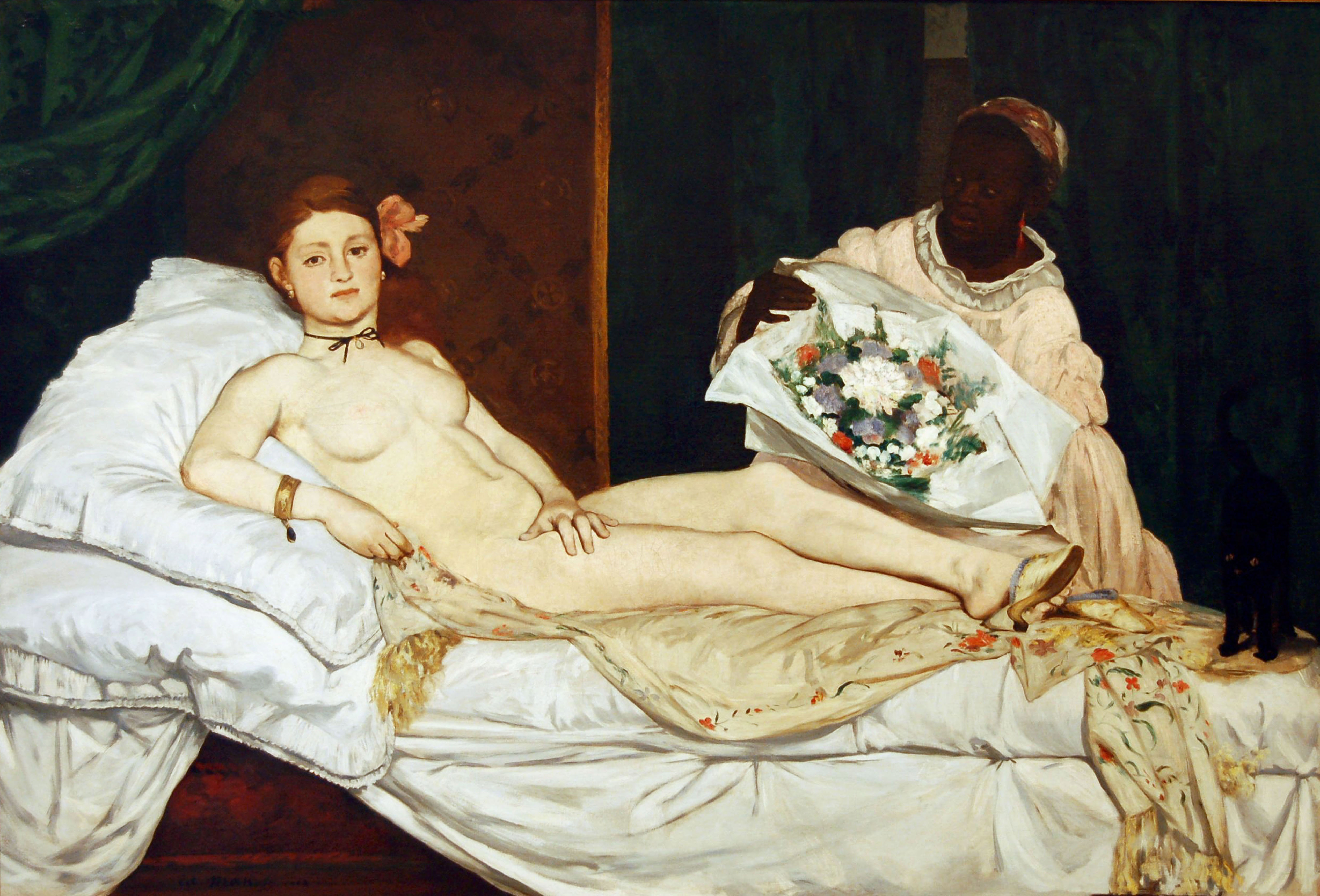
My Favourite Painting: Bryan Ferry
'I now think that it was one of the key influences in my own development as an artist' Brian Ferry
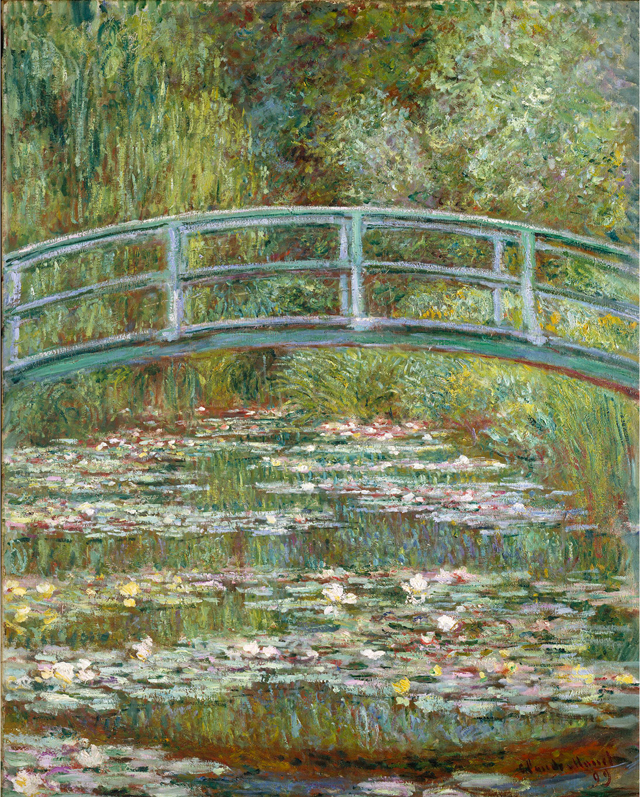
My favourite painting: Bobby Dundas
Bobby Dundas chooses his favourite painting for Country Life.
Country Life is unlike any other magazine: the only glossy weekly on the newsstand and the only magazine that has been guest-edited by HRH The King not once, but twice. It is a celebration of modern rural life and all its diverse joys and pleasures — that was first published in Queen Victoria's Diamond Jubilee year. Our eclectic mixture of witty and informative content — from the most up-to-date property news and commentary and a coveted glimpse inside some of the UK's best houses and gardens, to gardening, the arts and interior design, written by experts in their field — still cannot be found in print or online, anywhere else.
-
 Six rural properties with space, charm and endless views, as seen in Country Life
Six rural properties with space, charm and endless views, as seen in Country LifeWe take a look at some of the best houses to come to the market via Country Life in the past week.
By Toby Keel
-
 Exploring the countryside is essential for our wellbeing, but Right to Roam is going backwards
Exploring the countryside is essential for our wellbeing, but Right to Roam is going backwardsCampaigners in England often point to Scotland as an example of how brilliantly Right to Roam works, but it's not all it's cracked up to be, says Patrick Galbraith.
By Patrick Galbraith
-
 'As a child I wanted to snuggle up with the dogs and be part of it': Alexia Robinson chooses her favourite painting
'As a child I wanted to snuggle up with the dogs and be part of it': Alexia Robinson chooses her favourite paintingAlexia Robinson, founder of Love British Food, chooses an Edwin Landseer classic.
By Charlotte Mullins
-
 The Pre-Raphaelite painter who swapped 'willowy, nubile women' for stained glass — and created some of the best examples in Britain
The Pre-Raphaelite painter who swapped 'willowy, nubile women' for stained glass — and created some of the best examples in BritainThe painter Edward Burne-Jones turned from paint to glass for much of his career. James Hughes, director of the Victorian Society, chooses a glass masterpiece by Burne-Jones as his favourite 'painting'.
By Charlotte Mullins
-
 'I can’t look away. I’m captivated': The painter who takes years over each portrait, with the only guarantee being that it won't look like the subject
'I can’t look away. I’m captivated': The painter who takes years over each portrait, with the only guarantee being that it won't look like the subjectFor Country Life's My Favourite Painting slot, the writer Emily Howes chooses a work by a daring and challenging artist: Frank Auerbach.
By Toby Keel
-
 My Favourite Painting: Rob Houchen
My Favourite Painting: Rob HouchenThe actor Rob Houchen chooses a bold and challenging Egon Schiele work.
By Charlotte Mullins
-
 My Favourite Painting: Jeremy Clarkson
My Favourite Painting: Jeremy Clarkson'That's why this is my favourite painting. Because it invites you to imagine'
By Charlotte Mullins
-
 The chair of the National Gallery names his favourite from among the 2,300 masterpieces — and it will come as a bit of a shock
The chair of the National Gallery names his favourite from among the 2,300 masterpieces — and it will come as a bit of a shockAs the National Gallery turns 200, the chair of its board of trustees, John Booth, chooses his favourite painting.
By Toby Keel
-
 'A wonderful reminder of what the countryside could and should be': The 200-year-old watercolour of a world fast disappearing
'A wonderful reminder of what the countryside could and should be': The 200-year-old watercolour of a world fast disappearingChristopher Price of the Rare Breed Survival Trust on the bucolic beauty of The Magic Apple Tree by Samuel Palmer, which he nominates as his favourite painting.
By Charlotte Mullins
-
 My favourite painting: Andrew Graham-Dixon
My favourite painting: Andrew Graham-Dixon'Lesson Number One: it’s the pictures that baffle and tantalise you that stay in the mind forever .'
By Country Life